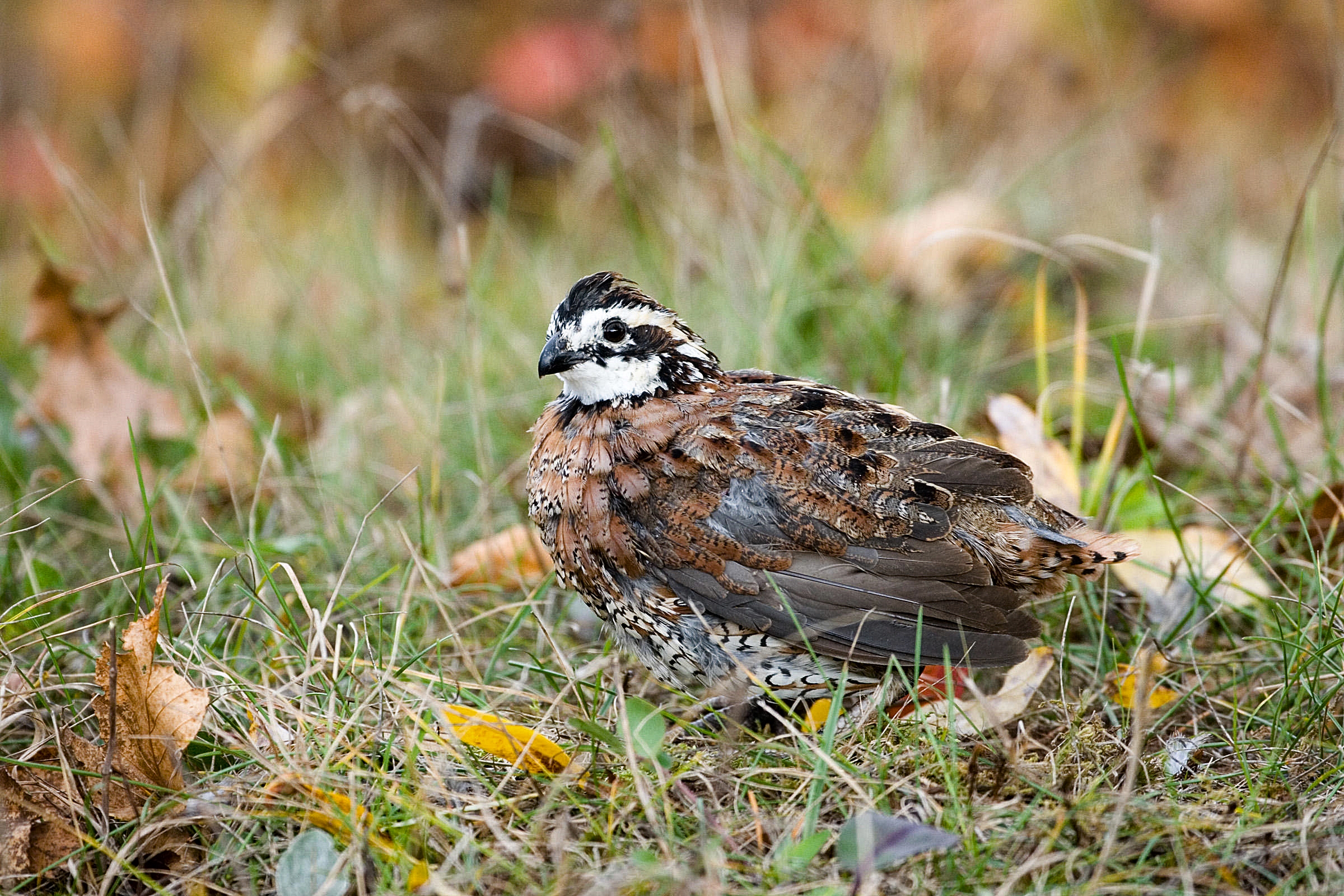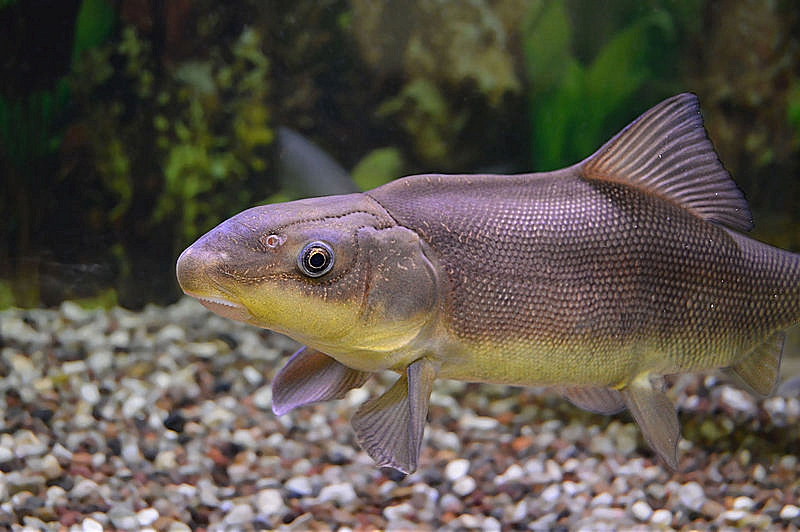The goal is a profitable program for cattle ranchers, but one that also helps reverse steep population declines during the past half century by grassland birds, such as bobwhite quail.
KANSAS CITY, MO/November 4, 2017 (STL.News) – The Missouri Department of Conservation (MDC) is assisting the National Audubon Society (Audubon) in implementing a beef program to benefit both ranchers and grassland birds. The Audubon Conservation Ranching program links consumers to beef produced on farms that provide good grassland bird habitat. When consumers buy beef certified under the Audubon program, they’re boosting habitat for birds and also supporting more pollinators for plants. Conservation Ranching is a program stretching across the Great Plains states, and the Missouri portion began offering beef to consumers this fall.
The goal is a profitable program for cattle ranchers, but one that also helps reverse steep population declines during the past half century by grassland birds, such as bobwhite quail. Audubon is implementing a partnership between farmers, consumers, and retail outlets, with an assist by conservation expertise in meshing bird-friendly habitat with market-based agriculture. The program aims to give ranchers a premium price for beef, and it also links them with financial incentives such as cost share programs that defray costs for implementing conservation practices.
MDC staff members provide advice to ranchers and Audubon on pasture management strategies that can benefit cattle production but also provide usable habitat for grassland birds. The program also provides consumers another choice in cooking with Missouri-raised beef.
“The required habitat management plan provides a roadmap to help participants build the right mix of forages to benefit their cattle while providing essential nesting and brood-rearing cover for birds,” said Max Alleger, MDC grassland coordinator. “Audubon recognizes that improving habitat takes time, so these plans lay out a reasonable timeline, often three years or more, for participants to meet all program standards.”
A real strength is that Audubon’s program allows producers to transition toward providing good habitat in a practical manner, Alleger said. They can sell cattle grown on their pastures while improving their grasslands to meet certification protocols.
“In a very real sense, consumers who purchase this beef are helping pay for habitat improvements,” he said. “Audubon also realizes that making habitat and pasture improvement requires financial investment, so the habitat management plans also help link producers to cost-share and incentive programs to help defray these costs.”
Beef produced under the program at the Dave Haubein farm in Dade County is now on sale in central Missouri. The long-range goal is to develop multiple beef producers using the Audubon Conservation Ranching program, with beef from Audubon-certified ranches on sale at numerous retail outlets including in cities such as Kansas City and St. Louis.
“It’s designed to build a sustainable, wildlife friendly system that is still profitable for the farmer,” Haubein said. “It dovetails perfectly with the direction I want to take my farm.”
The vast majority of grasslands are privately owned and managed for livestock production. So effective conservation requires helping producers manage pastures in ways that build better habitat and make economic sense. Audubon’s Conservation Ranching program will be expanded in Missouri as more consumers, producers and retail outlets participate. Beef from ranches certified by Audubon is also for sale or nearing retail offering in markets in North Dakota, South Dakota, Texas, Colorado, and New Mexico.
[paypal_donation_button]
Free Range Report
[wp_ad_camp_3]
[wp_ad_camp_2]



